On July 10, at the 19th session of the 14th Provincial People's Council, Resolution No. 216/NQ-HDND was issued on supplementing, adjusting, and allocating the provincial budget estimate for 2024, including reducing nearly 288 billion VND of public expenditure to support production development and increasing other development investment expenditures to entrust the Vietnam Bank for Social Policies to lend for production development. This is an important support for ethnic minority people to develop production models and implement the new rural construction program in the locality.

In the annual provincial budget allocation, Quang Ninh province always allocates a certain budget source to implement national target programs to support people, especially people in ethnic minority areas, to develop production. However, in the past year, no production development projects of enterprises, cooperatives, cooperative groups and households have been established for approval by competent authorities as a basis for disbursing capital to support production development from the provincial budget to support localities.
Specifically, in 2023, the provincial budget allocated over 155 billion VND of capital to support production of the National Target Program on New Rural Construction; but by the end of 2023, the whole province had only disbursed about 800 million VND (only Binh Lieu district implemented and disbursed), the remaining 154 billion VND had not been disbursed.
In 2024, the provincial budget will continue to allocate 300 billion VND to implement 3 national target programs for 9/13 localities with budget difficulties; Ha Long, Uong Bi, Cam Pha, Dong Trieu localities will balance their regular budget to implement the program. With this capital, by the end of June 2024, only 4 localities have allocated over 12 billion VND (Ba Che, Tien Yen, Binh Lieu, Dam Ha), the remaining 5 localities have not yet allocated and have written requests to return the funds to the provincial budget.
Through the assessment and review of the Provincial New Rural Area Coordination Office, the main reason is that some residential communities have the ability to implement production development projects but have not yet ensured the support conditions, the production land is located in the planning area to convert the purpose to industry, services... or does not ensure the participation rate of the people when the households are located in wards that are not the subjects of the New Rural Area Program. On the other hand, the conditions of household groups and cooperatives registering to implement projects under each National Target Program do not meet the minimum rate of people belonging to poor households, near-poor households, and newly escaped poverty households of 50% to implement the National Target Program on Poverty Reduction; the production location is also not located in a particularly difficult commune or village, so it is not eligible for support for production development under the National Target Program on Socio-Economic Development of Ethnic Minority and Mountainous Areas; The regulations are all attached to post-investment support projects, so enterprises and cooperatives that want to participate must have economic potential and knowledge to carry out investment procedures.
Mr. Nguyen Minh Son, Director of the Department of Agriculture and Rural Development, Chief of the Provincial Office for New Rural Development Coordination, said: In addition to the above reasons, localities have not been really determined and active in mobilizing, calling and guiding enterprises and cooperatives to build value chain linkage projects from products to consumption; have not enthusiastically supported and guided people in building production development projects, especially people in ethnic minority areas. To overcome the situation of not being able to disburse capital in 2023 and to preserve the province's allocated capital in 2024, the Department has presided over and coordinated with relevant departments, branches, units and localities to develop and submit to the Provincial People's Committee for consideration and promulgation of a decision stipulating conditions, contents and preferential loan levels to implement the credit policy to support entrustment through the Bank for Social Policies in the province from the capital source to implement the National Target Programs. Thus, when the Provincial People's Council decides to entrust the above capital source through the Provincial Social Policy Bank, it will help people have easier access to credit sources. This also continues to demonstrate the great concern of the province in allocating resources to implement social security through policy credit activities at the local level.

Accordingly, the subjects supported with preferential loans include enterprises, cooperatives, cooperative unions in ethnic minority and mountainous areas, rural areas, poor districts; ethnic minority individuals, poor households, near-poor households, newly escaped poverty households, households with average living standards, and workers in the areas within the scope of implementation of the National Target Programs. The submission, approval and assignment of medium-term public investment plans and annual investment capital plans to the local Social Policy Bank will not require the establishment of a list of programs and projects according to the provisions of the Law on Public Investment.
The province's decision to allow the adjustment of unused capital sources for production development support of localities and entrust them to the Provincial Social Policy Bank aims to effectively promote resources from the budget and preserve capital sources. Therefore, immediately after the Resolution was issued, relevant agencies, units and localities quickly implemented and put the Resolution into practice to promote economic development and income increase for ethnic minority people.
Ms. Vu Thi Ngoc Bich, Director of the Provincial Social Policy Bank, said: After the Provincial People's Committee allocates capital, the unit will organize early disbursement of capital so that people can easily access it on the basis of carefully reviewing the right beneficiaries and areas, contributing to production development. At the same time, the bank will also closely follow the planning targets assigned by the central and local governments, focus on implementation, strive to complete 100% of the assigned credit growth plan before October 31, 2024, in which attention will be paid to implementation to ensure compliance with policies, the right beneficiaries, and strengthen supervision of borrowers to use capital for the right purposes.
Source




![[Photo] Opening of the 13th Conference of the 13th Party Central Committee](https://vphoto.vietnam.vn/thumb/1200x675/vietnam/resource/IMAGE/2025/10/6/d4b269e6c4b64696af775925cb608560)
![[Photo] Prime Minister Pham Minh Chinh chairs the Government's online conference with localities](https://vphoto.vietnam.vn/thumb/1200x675/vietnam/resource/IMAGE/2025/10/5/264793cfb4404c63a701d235ff43e1bd)




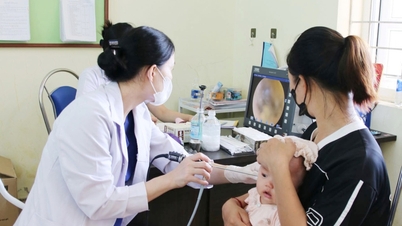




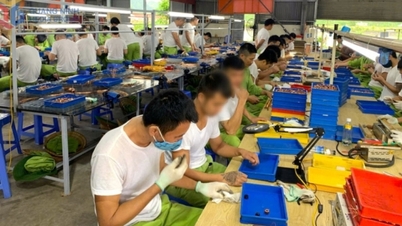









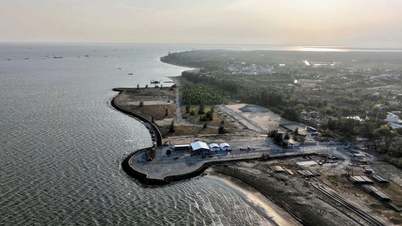
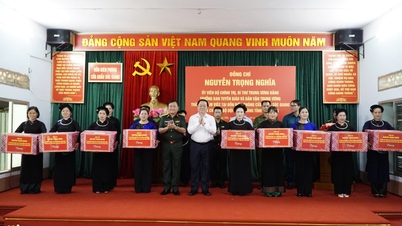
![[Photo] Prime Minister Pham Minh Chinh launched a peak emulation campaign to achieve achievements in celebration of the 14th National Party Congress](https://vphoto.vietnam.vn/thumb/1200x675/vietnam/resource/IMAGE/2025/10/5/8869ec5cdbc740f58fbf2ae73f065076)




























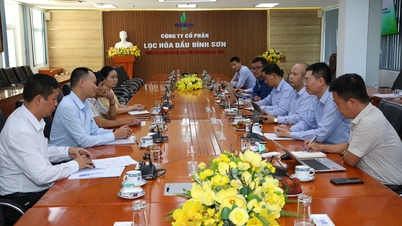






















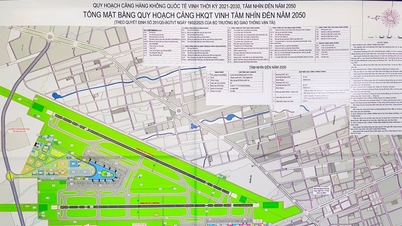

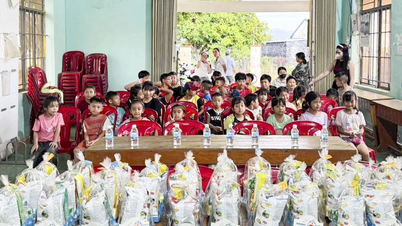
















Comment (0)